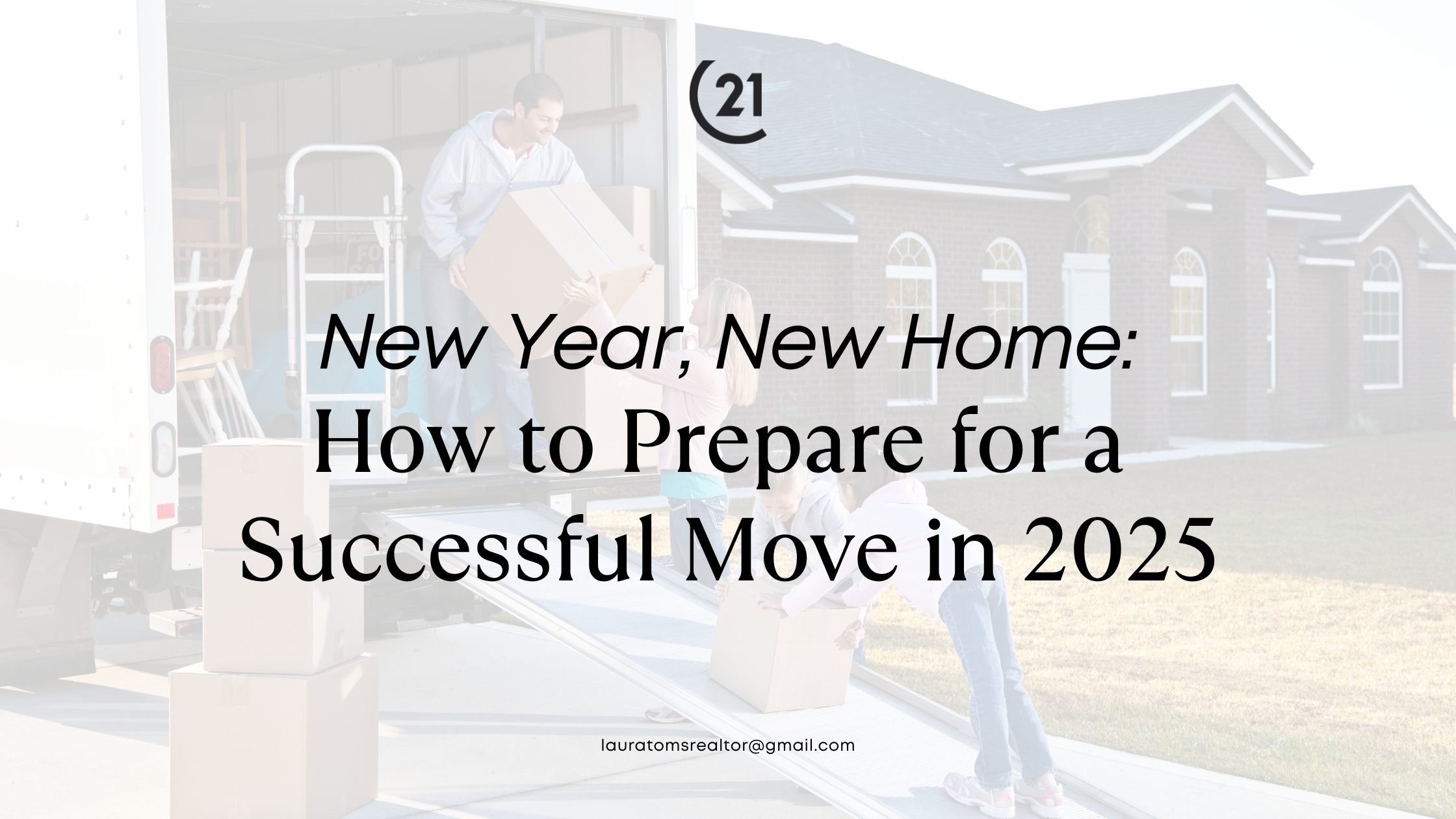If you’ve been waiting for the right time to buy a home, 2025 might just be your year—but that depends on a few key factors. With the housing market constantly shifting, it’s important to understand what’s driving the changes and how they affect you as a buyer. From economic trends to mortgage rates and local inventory, let’s break down the expert predictions and give you a clearer picture of what to expect this year.
What the Economy Says About 2025
The real estate market doesn’t exist in a vacuum—it responds to the economy. And for this year, some promising indicators could work in favor of homebuyers:
- Inflation Is Slowing Down: After a couple of turbulent years, inflation is finally cooling. The University of Michigan’s Research Seminar in Quantitative Economics predicts that inflation in the state will drop closer to the Federal Reserve’s 2% target by the end of 2025. This helps with both mortgage rate stability and purchasing power for everyday buyers.
- Job Market Holding Steady: Southeast Michigan, anchored by metro areas like Detroit and Ann Arbor, continues to maintain a strong job base. Industries such as automotive innovation, healthcare, and tech are helping to keep unemployment low and wages relatively stable.
- Consumer Confidence Is Rebounding: As inflation cools and wages catch up, consumer confidence is expected to rise. That’s good news for both buyers and sellers—people feel better about making big financial decisions when the economic outlook feels more secure.
Mortgage Rate Projections: What’s Happening with Interest Rates?
Mortgage rates are a key factor in determining affordability. While they aren’t as low as the record-breaking rates seen in 2020-2021, they’re expected to remain relatively stable in 2025.
- As of mid-year, 30-year fixed mortgage rates in Michigan are hovering between 6.5% and 6.9%, depending on credit scores and loan types. While this might seem high to some buyers, many experts expect small dips throughout the year—especially if inflation continues to ease.
- Buyers are adapting to this new normal. Instead of waiting for 3% rates to return (which is unlikely anytime soon), buyers are turning to tools like adjustable-rate mortgages (ARMs) or buying mortgage points to reduce their interest rates.
- According to Rocket Mortgage, if inflation drops faster than expected or if the economy slows, we could see rates settle in the mid-6% range, which is still a historically reasonable borrowing cost.
If you’re planning to buy this year, getting pre-approved now and locking in a competitive rate can give you a financial edge, especially if rates tick up again later in the year.
Local Market Trends in Southeast Michigan
Zooming in on Southeast Michigan, here’s what the housing market looks like this year:
- Home Prices Are Still Rising—But More Slowly
After a couple of years of rapid appreciation, home prices are finally starting to level out. In Southeast Michigan, prices are projected to rise around 3% to 5% this year, compared to double-digit increases in previous years. This slower growth means buyers may have more breathing room and time to make thoughtful offers. - Inventory Is Improving
Active listings in the area have gone up by nearly 20% compared to spring 2024, giving buyers more options than they’ve had in a while. That said, inventory still hasn’t returned to pre-pandemic levels, so competition remains in hot markets like Novi, Royal Oak, and Canton. - Sellers Are More Willing to Negotiate
As the market balances out, sellers who price their homes too high are beginning to make concessions. We’re seeing more listings with price reductions, seller-paid closing costs, or willingness to include home warranties—all of which can sweeten the deal for buyers.
Things to Consider Before You Buy
Just because the market is improving doesn’t mean it’s the right time for everyone to buy. Here are some personal and market-related factors to weigh before jumping in:
- Do You Plan to Stay Put for 5+ Years?
If you’re planning to settle down in one place for at least five years, buying makes more financial sense than renting. The longer you own, the more equity you’ll build—even if the market shifts slightly in the short term. - How’s Your Financial Health?
Lenders still favor buyers with solid credit, steady income, and reasonable debt levels. Before applying for a loan, take the time to check your credit score, gather your documents, and work on improving any weak areas. - Are You Ready to Act Fast?
Even with more listings on the market, homes in desirable school districts or with move-in-ready features still sell quickly. You’ll want to be pre-approved and ready to tour homes as soon as they hit the market.
Tips for Making the Most of 2025 Market Timing
If you’ve decided 2025 is your year, here’s how to give yourself a leg up:
- Get Pre-Approved Early
Pre-approval not only shows sellers you’re serious, but it also helps you understand exactly what you can afford. This is especially useful in a market where homes are selling quickly. - Work with a Local Realtor
A seasoned Southeast Michigan agent knows which neighborhoods are heating up, which homes are overpriced, and how to navigate the bidding process. Their insight can save you time and money. - Be Flexible With Your Search
Consider expanding your search area or adjusting your wish list. You might find more affordable options just outside of your preferred city or be surprised by a hidden gem with great potential. - Watch for Fall Opportunities
Spring and summer are traditionally busy seasons, but serious buyers might benefit from house-hunting in early fall, when competition dies down and sellers are more motivated to close before winter.
The Bottom Line
So, is 2025 a good year to buy a home in Southeast Michigan? For many buyers, the answer is yes. With stabilizing mortgage rates, a healthier inventory, and slower price increases, the conditions are more balanced than we’ve seen in years. Add to that a steady local economy and improving buyer power, and it’s easy to see why many Southeast Michigan residents are choosing to make their move this year.
That said, timing the market perfectly is never a guarantee. Instead, focus on your personal goals, financial readiness, and the opportunities available in your local area. If you’re prepared and have the right team behind you, 2025 could be the perfect year to finally find—and afford—the home you’ve been waiting for.


 Facebook
Facebook
 X
X
 Pinterest
Pinterest
 Copy Link
Copy Link





















